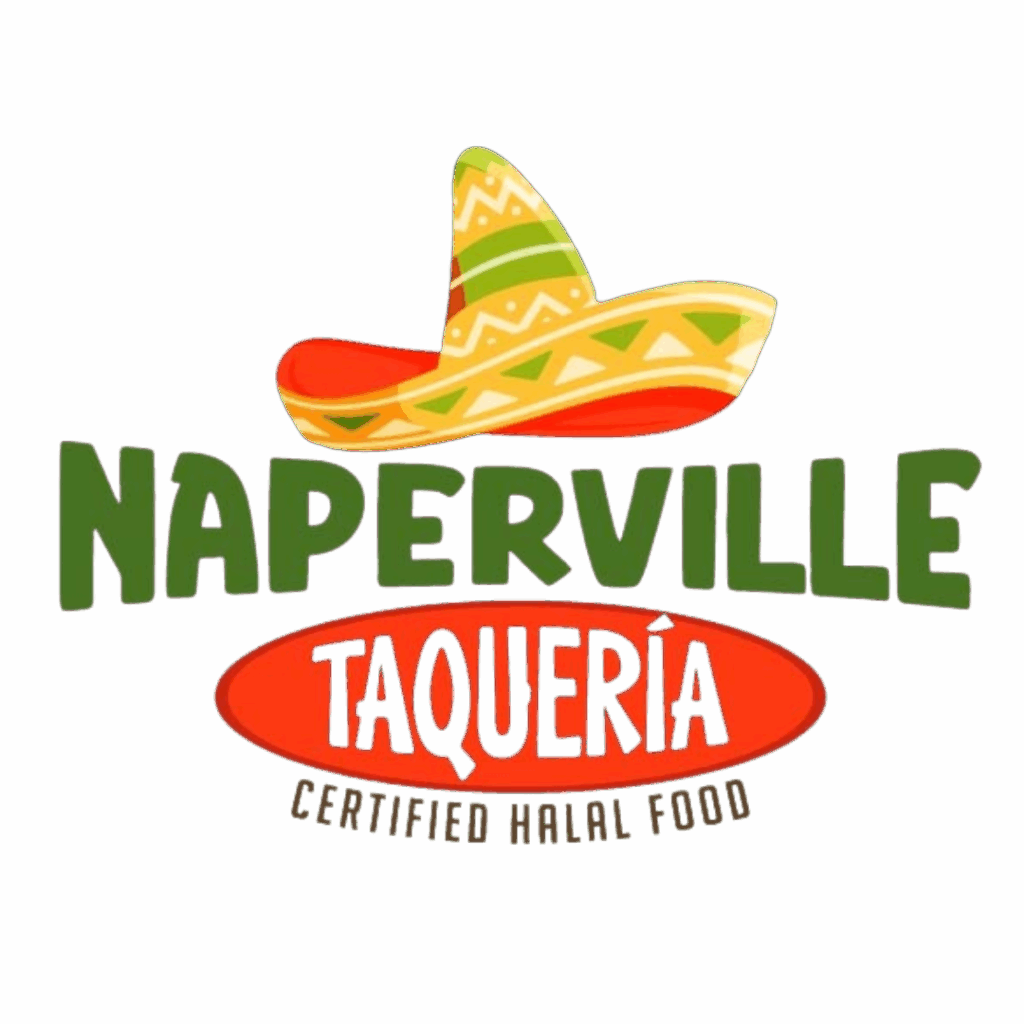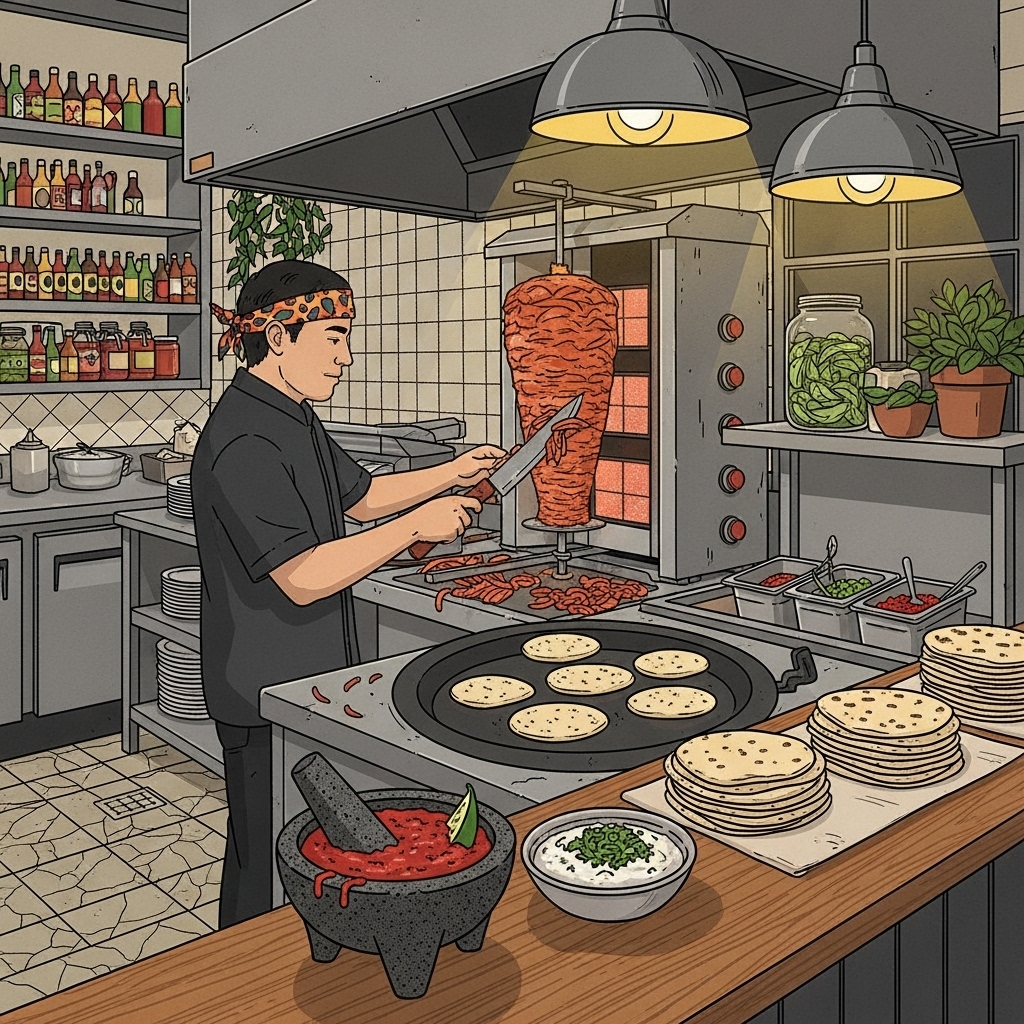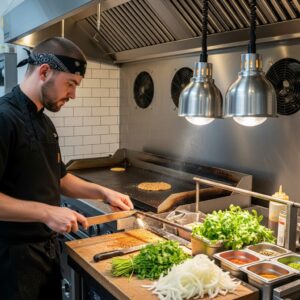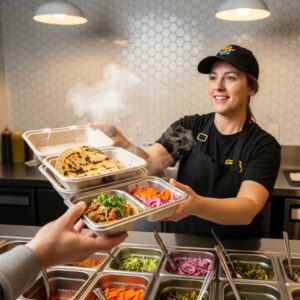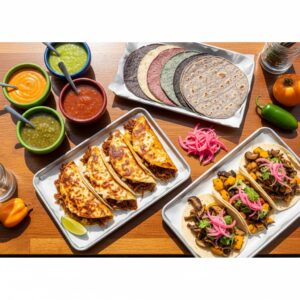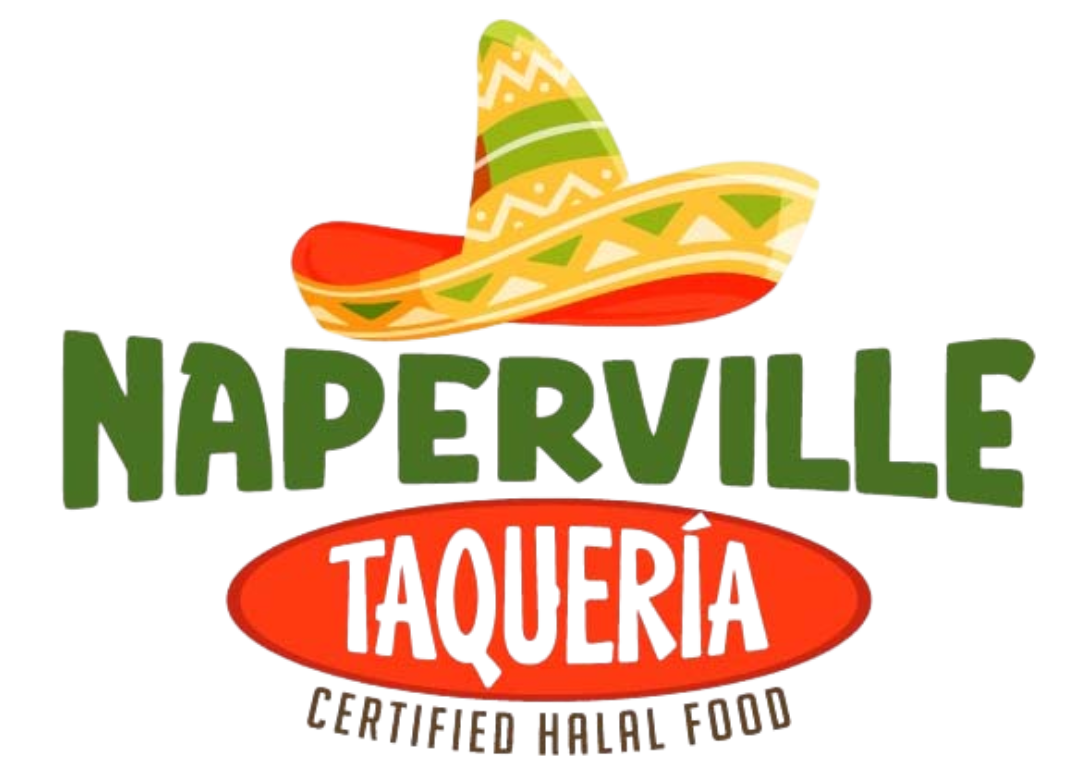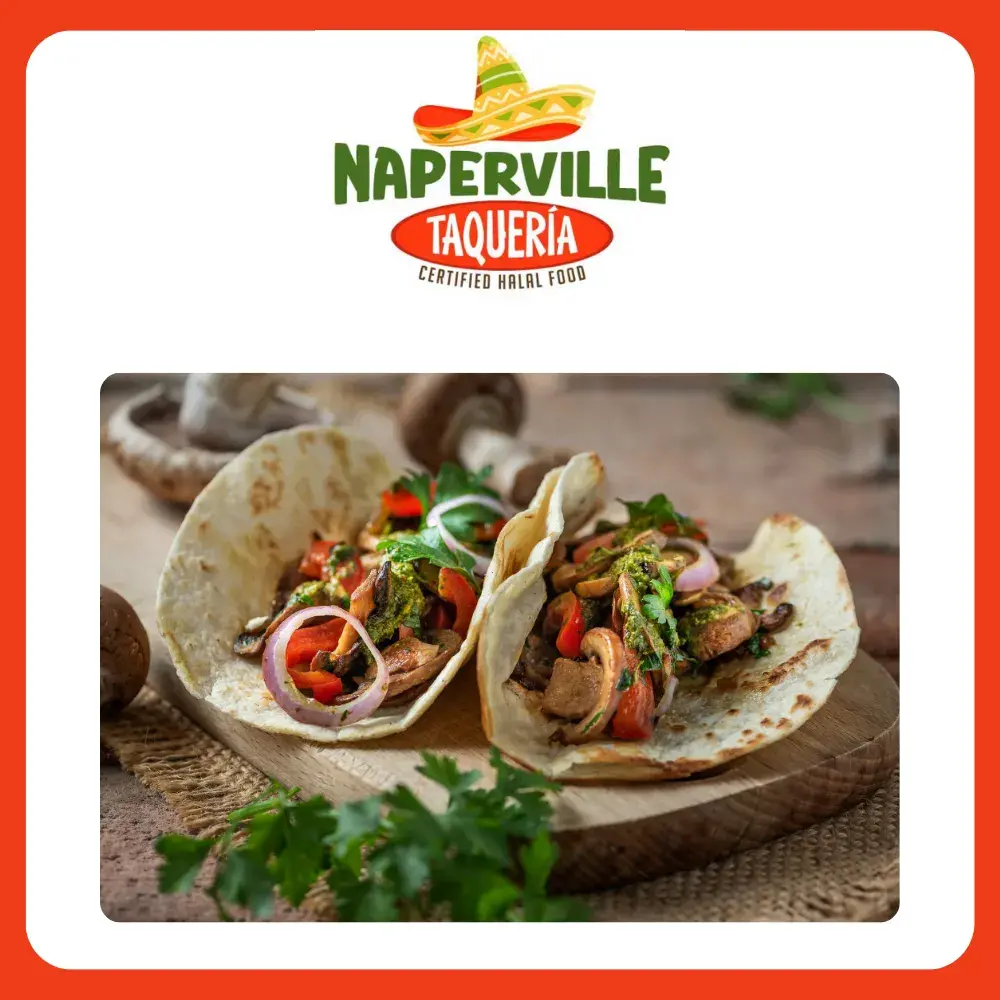When people in Naperville talk about “authentic” Mexican tacos, they’re reaching for something deeper than a checklist of ingredients. Authenticity here is about lineage and technique, about the way a tortilla feels in your hand and the way a salsa blooms with roasted chile aroma. In a city that sits between cornfields and a thriving suburban corridor, we’re fortunate to taste the work of cooks whose families carried traditions north and kept them alive. If you’re curious about the anchors that make a taco feel true to its roots, start by scanning a thoughtfully assembled taco menu so the vocabulary—al pastor, barbacoa, carnitas, lengua—becomes a map you can read.
The tortilla is the measure of respect. In many of Naperville’s most beloved taquerias, corn tortillas are treated with care: warmed on a hot comal, stacked in twos to reinforce delicate fillings, and carried to the table still breathing steam. Nixtamal—the ancient process of soaking corn in an alkaline solution—gives tortillas their backbone and that unmistakable aroma. Even when a kitchen buys tortillas rather than grinding masa in-house, the best cooks understand heat, timing, and moisture, turning a simple disk of corn into a living part of the taco.
Meats and methods that carry history
Al pastor tells a migration story all its own, drawing from Lebanese spit-cooking traditions that took root in central Mexico. In Naperville, a good al pastor taco arrives with thin shavings of pork, edges caramelized, a hint of pineapple sweetness, and a deep brick-red adobo. The trompo stands like a small lighthouse behind the counter, and when you see a cook slice from it to order, you know you’re in good hands. Carnitas, the slow-cooked pork of Michoacán, offer contrast: rich, tender, with strands that break apart and browned bits that crackle. Barbacoa evokes weekend mornings, a steam-warm bundle of shredded beef or lamb with spices that whisper rather than shout. Lengua, the cook’s cut, provides a delicate, almost buttery texture when braised properly; it rewards the curious with a flavor that’s gentle and surprisingly refined.
Authenticity shows up in the restraint of the garnish. A squeeze of lime, a pinch of white onion and cilantro, and maybe a wisp of radish for crunch—these are not afterthoughts but calibrations. Salsas do the heavy lifting, and the best ones are made fresh daily. Salsa verde brings tomatillo brightness, while a roasted salsa roja delivers smoky depth from toasted chiles blended with garlic and a touch of vinegar. Some kitchens pound salsas in a molcajete, and you can taste the difference in the rustic texture and blooming aromas.
Regional touches in a suburban landscape
Naperville’s taco scene reflects a wide cross-section of Mexican regional cooking. You’ll find Jalisco’s influence in carne asada that respects the char and the chop, and Michoacán’s in carnitas that balance tenderness with crisp edges. Puebla’s culinary fingerprints appear in adobos and thoughtful spice blends. Near Lent, fish and shrimp tacos become more prominent, often with a light hand that lets the seafood stay center stage. Yucatán echoes in citrus-forward marinades and the occasional cochinita pibil special that arrives wrapped in a cloud of achiote aroma.
It’s worth noting how authenticity adapts gracefully to the Midwest. Sweet corn, when it’s at peak in late summer, sneaks into esquites and rajas. Local tomatoes turn pico de gallo into something worth eating by the spoon. Cilantro from nearby growers carries a vibrancy that elevates even a simple taco de frijoles. The point isn’t to dilute tradition but to let Naperville’s seasons nudge the menu in ways that feel natural and respectful.
How to order like you grew up with it
Walk in and scan the room. If there’s a salsa bar, you’ll likely order at the counter and customize at the station. If not, the kitchen will dress the tacos; just say “con todo” if you want the default garnish. Start with two or three different fillings to understand the kitchen’s voice. Pay attention to the tortillas—are they hot and flexible? Notice how the meat is chopped: fine for asada, a little chunky for carnitas, tender shreds for barbacoa. Ask what salsa the cook recommends; a short conversation can unlock the best pairing. Midway through your meal, if you find yourself curious about other options, pull up a familiar taqueria menu to help plan a second round.
Etiquette matters, too. Give the counter space; decide before you step up. If you don’t eat cilantro or onions, say so up front. Keep the table tidy so the next group has room. And if you love something, say it out loud—the person who cooked your taco will hear, and that appreciation circulates in a way that strengthens the room.
Atmosphere and the unspoken elements of taste
There’s a hum you recognize in an authentic taqueria. The comal’s soft hiss, the clack of a spatula, the brief pause before the register total, the shuffle of a tortilla stack being lifted and turned. Music threads through it all, familiar but not dominating. Families mix with solo diners and after-work crews, and the pace settles into a steady flow. In Naperville, these spaces are gathering points, offering comfort on a cold evening and a cheerful anchor on summer nights when the Riverwalk is full and the light lingers late.
Authenticity isn’t rigid. It welcomes a vegetarian taco built with rajas con crema when the poblanos are beautiful, and it respects a fish taco that tastes of the grill rather than batter. It shows up in craftsmanship: the quick toss of carnitas on a hot plancha to crisp the edges, the squeeze of lime added at the last second, the salsa ladled with a hand that knows exactly how much heat you need.
Tradition passed across generations
Many of Naperville’s taquerias have family stories behind them—parents teaching children to toast chiles until they smell chocolaty, grandparents demonstrating how to check carnitas doneness by ear and touch, cousins trading prep shifts and recipes. You sense that lineage in the way a kitchen moves and the care with which it greets regulars. That continuity is part of why certain tacos taste the way they do here; they carry methods that have been tested at family tables for decades.
FAQ: Authentic tacos in Naperville
Q: What makes a taco “authentic”? A: Technique and balance. Properly handled tortillas, well-seasoned fillings, restrained garnishes, and fresh salsas that complement rather than conceal.
Q: Corn or flour for authenticity? A: Corn is the classic choice for most tacos, though flour has a rightful place with certain northern styles and specific fillings.
Q: Which fillings should I try first? A: Start with al pastor, carnitas, and asada to understand the range, then explore barbacoa or lengua for deeper cuts.
Q: Are salsas supposed to be very spicy? A: Not necessarily. The best salsas in authentic settings are about flavor first; heat is a tool, not a goal.
Q: How do I know a taqueria takes tortillas seriously? A: Watch for tortillas warmed to order, soft and aromatic, sometimes doubled for structure, never brittle or cold.
Bring authenticity to your next meal
If you’re ready to taste the traditions that shape Naperville’s taco culture, step into a taqueria that treats tortillas, fillings, and salsas with quiet reverence. Order a small first round, ask for the house salsa pairing, and let the textures and aromas guide you. If you like to map your choices in advance, consult a reliable taco menu, then go taste the real thing—one careful, delicious bite at a time.
